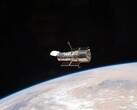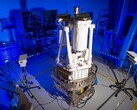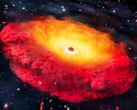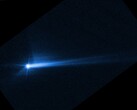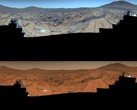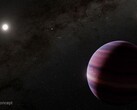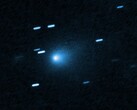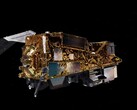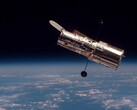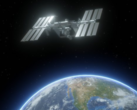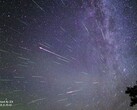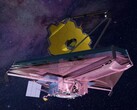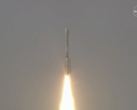Japanese company, iQPS, added another Earth-watcher to their growing constellation on August 5. The Synthetic Aperture Radar (SAR) satellite, nicknamed Kushinada-I, lifted off from Rocket Lab Launch Complex 1 in New Zealand. The mission was nicknamed “The Harvest Goddess Thrives” — a reference to Kushinada, the Japanese goddess of harvest and prosperity.
The Kushinada-I established communication just about 30 minutes after separation, and deployed its antenna on the same day of its launch. The satellite, officially called the QPS-SAR-12, is the twelfth to be launched by iQPS. The company launched the first QPS-SAR satellite in 2019, and the 11th went up as recently as June 2025. iQPS aims to establish a constellation of 36 satellites to provide near-real-time data, allowing observations of nearly every location on Earth approximately every 10 minutes.
Unlike many traditional satellites, these QPS-SAR satellites can capture images despite poor weather and in the absence of daylight. The radar system these satellites use emits microwaves, which are able to penetrate smoke, clouds, or darkness. The microwaves bounce off surfaces on Earth, and the radar receives the reflected signals, using them to create detailed images.
The QPS-SAR constellation is expected to help limit the impact of natural disasters. As stated by Rocket Lab, it will “enhance urban safety and security, and provide predictive analytics for agriculture, national economies, and regional markets when integrated with weather, market, and economic data.”







